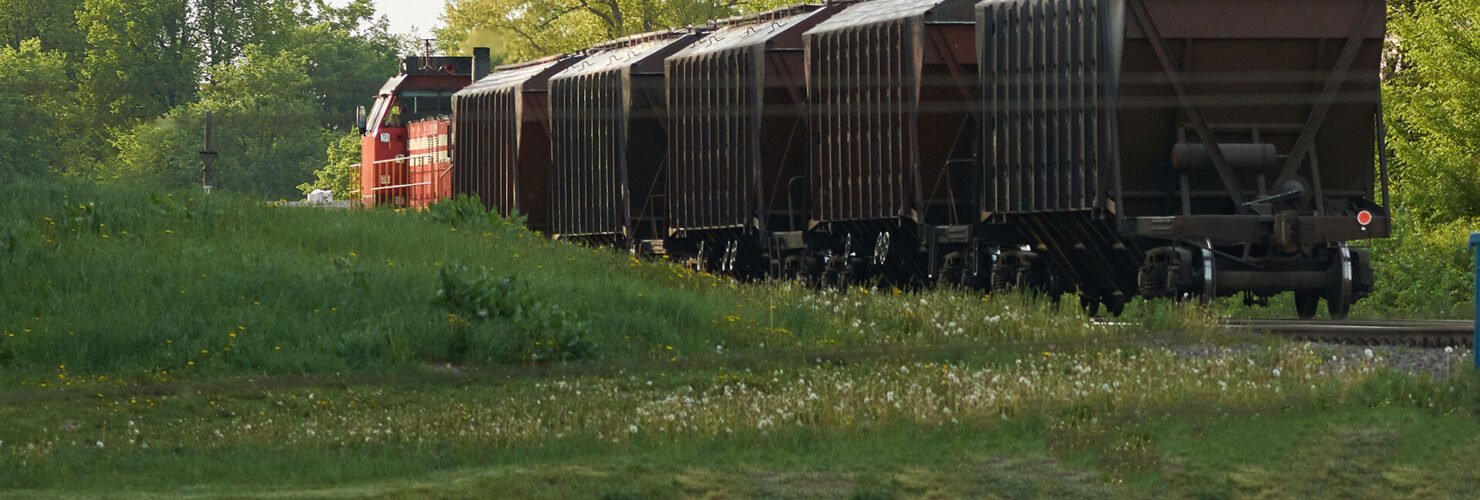Tuesday, June 28, 2022
Safety Message: Ad hoc systems and procedures vs Safety Management Systems
In this safety message - the first in a new series - ONRSR identifies a number of potential scenarios whereby informal or ad hoc processes and procedures can undermine a safety management system and create safety issues.

ONRSR conducts regulatory activities, including audits, inspections and site visits, across multiple operators and sectors. In conducting these activities, ONRSR often observes and identifies common safety themes and issues.
In this series of safety messages, ONRSR highlights these issues, how they can potentially increase risks to rail safety and what better practice can look like to minimise the potential risks.
#1 Using local systems and procedures that don’t align
The Safety Management System (SMS) is the documented means by which accredited operators are accountable for the establishment and implementation of the standards, rules and procedures that underpin the safe operation of their railway. Indeed, it is a legislative requirement for Rail Transport Operators (RTO) to have an appropriate SMS in place.
The SMS should be the standalone means by which all rail safety risks are identified and managed so far as is reasonably practicable. However, what ONRSR has found through its regulatory activities is a tendency for some “occasional” or ad hoc systems and procedures to undermine the SMS.
There are a number of potential scenarios whereby the existence of formal and informal approaches can create safety issues:
- If a local system or procedure adequately eliminates or minimises risks to safety, this system or procedure may not be widely followed since it is not incorporated into the SMS.
- If the procedure is in conflict, it may result in a different safety standard being applied or not implemented.
- If the system stands alone and is not supported by other parts of the SMS, it may mean that important additional functions of the SMS do not ensure safety issues are properly managed. This is because the SMS is supposed to be integrated i.e. it works together e.g. the auditing, document control, governance, functions of the SMS etc.,) – see ONRSR’s SMS Guideline - Safety Management Systems (link below).
Key examples
To illustrate this safety issue, two examples are given below:
- Defects (such as bridge or track defects) are identified using the local process but are not recorded or monitored in the SMS process.
- Mitigating controls are put in place and managed but this is not recorded in the risk register nor in the asset register so the controls cannot be adequately monitored for effectiveness.
What good practice can look like
Operators must consider a range of factors, including the likelihood of the hazard and the degree of harm to determine what controls are reasonably practicable to implement (see the ONRSR Guideline – Meaning of duty to ensure safety so far as is reasonably practicable SFAIRP for more information - link below).
The following includes but is not limited to what good practice can look like:
1. SMS covers all railway operations.
2. Compliance with the SMS is demonstrated for all railway operations.
3. Reviews of systems and procedures are undertaken frequently to ensure they are / continue to be fit for purpose avoiding the need to work ‘outside the system’.
4. Management of change processes are followed to allow new or better practices to be incorporated into the SMS.
5. Audits are undertaken to identify practices that are non-compliant with the SMS and ensure they are corrected through corrective actions.
6. Consultation occurs with the workforce on the ground to ensure new systems provide what they need.
7. Document control procedures are followed when new or local procedures are drafted.
By adopting good practice, operators’ railway operations may benefit in the following ways:
- More efficient and effective practices created or developed locally spread across the business and incorporated into the overall railway operations.
- Staff encouraged to suggest improvements to your system and see these being part of their day-to-day operations.
- Allows your SMS to support all practices so that, for example, defects or other work orders do not get lost.
As a result of this safety message, operators may benefit from reviewing their SMS and comparing it to local practices. The following list includes, but is not limited to, those systems and procedures likely to be most relevant for review:
- Risk assessments
- Management of change process
- Document control systems and procedures
- Auditing / inspection records
This information is provided as guidance only and may not be applicable to all rail transport operators.